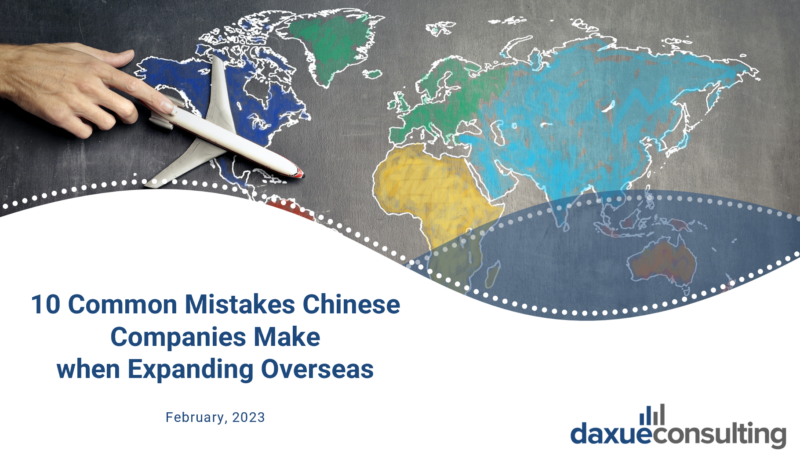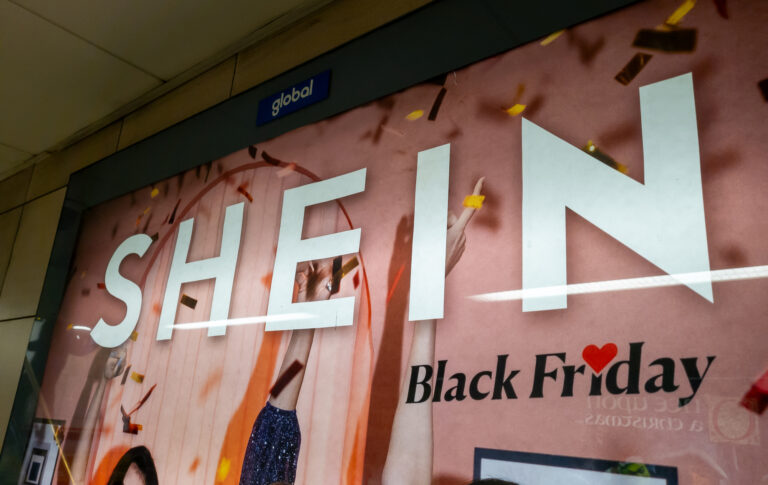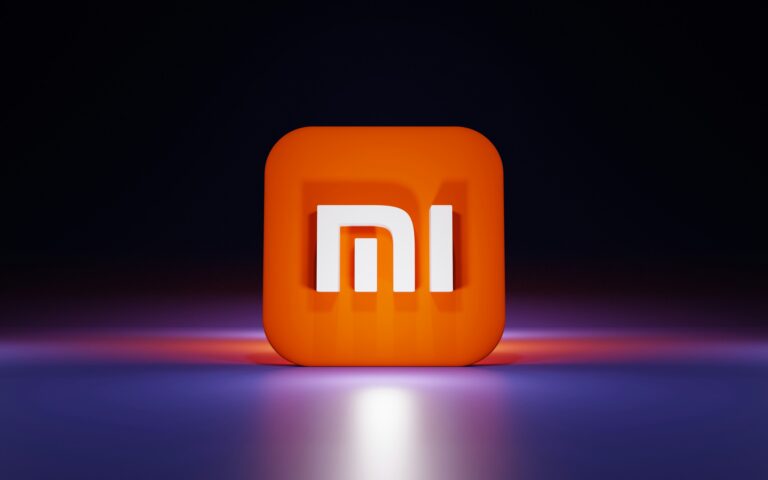The global bubble tea market is expanding quickly. According to Fortune Business Insights, the size of the global bubble tea market reached US $2.29 billion in 2022. It also forecasts a Compound Annual Growth Rate (CAGR) of 7.5% from 2023 to 2030, expected to exceed $4.08bn in seven years. Another report by Facts & Factors predicts the CAGR of the global bubble tea market to be 8.1% from an initial value of $2.1 bn within the years 2020 to 2026.

The US bubble tea market is still only in its infancy, but can boba become mainstream?
According to a study based on 100 random boba shops in the 10 largest US cities, the average cost for a boba milk tea in the US is $5.84. The majority of bubble tea consumers are aged between 18-30, with females and Asians the primary consumer groups.
From only a few stores scattered in East and West Coast cities in the early 2000s, there are now 3,601 bubble tea shops in the US as of 2023, with an increase of 21.2% from 2022. Compared to the size and share of China’s bubble tea market, the US bubble tea market is still immature, with no brands owning more than 5% market share. The leading players include both US-owned and international milk tea shops. Fortune Business Insights identifies Gong Cha, CoCo Fresh Tea & Juice, Quickly, Kung Fu Tea, Tiger Sugar, Boba Loca USA Inc., YiFang Taiwan Fruit Tea, and Happy Lemon.
The top bubble tea shops in the US
Kung Fu Tea (US)
As an American beverage franchise headquartered in New York City, Kung Fu Tea now has over 250 locations across the U.S. Marketed as the Starbucks of the bubble tea, Kung Fu Tea has a large variety of milk tea, from milk tea, punch, milk strike, espresso, seasonal, to new drinks with around 13 toppings.
Gong Cha (Taiwan, China)
Meaning “tribute tea for the emperor”, Gong Cha originated from Taiwan and now has around 150 stores across 11 states in US. Rapidly growing, the franchise offers premium quality teas and innovative drinks for US consumers. It is known for its signature hand-crafted milk foam that balances the freshly brewed tea.
It’s Boba Time (US)
The US bubble tea franchise – It’s Boba Time – has around 102 stores in the US. In addition to bubble tea, it offers a variety of options including coffee, frappe, fresh juice, shake, shaved ice, smoothie, and slush. Its top 10 menu highlights Thai-flavored tea, watermelon smoothie, coffee-flavored milk tea, and cookies & cream shakes.
Happy Lemon (China)
Expanding within the US market since 2014, Happy Lemon has around 100 stores, with around 70% located on the West Coast. In addition to drinks with rich flavors and salted cheese foams, Happy Lemon also provides sweet and savory snacks, like mochi donuts, boba cakes, matcha croissants, and bubble waffles.
Tiger Sugar (South Korea)
Originated from South Korean, this bubble tea brand is known for its iconic brown-sugar drinks in the shape of a tiger’s stripes. With around 60 stores in US, Tiger Sugar has a variety of sweet, aesthetic, and chewy drinks.
Quickly (Taiwan, China)
With around 53 stores across US, Quickly is a Taiwanese brand that offers milk tea, slush, fruit juice, sea salt tea and coffee, along with traditional Taiwanese snacks like popcorn chicken and fried calamari. It’s liked for its cheap and friendly collection of drinks and snacks.
CoCo Fresh Tea & Juice (Taiwan, China)
With 31 stores in 8 US cities, CoCo originated from Tamsui Taiwan, and expanded to the New York in 2011. Many are relatively small storefronts that offer a classic collection of bubble drinks, from fruit teas, juice, slush, to milk tea and lattes.
YiFang Taiwan Fruit Tea (Taiwan, China)
Known for its healthy fruit-based drinks, Yi Fang has around 171 overseas branches, with 8 stores in California. Its drinks prioritize premium ingredients that boost wellness and health in addition to just tastes and flavors.
Wushiland Boba (Taiwan, China)
The Taiwanese franchise Wushiland has opened around 5 stores in Southern California. Paired with chewy, generous, and bouncy boba, its quality tea bases such as Jasmin Green Tea, Roasted Oolong Tea, and Black Tea make it one of the most popular brands to line up for.
OMOMO (US)
This relatively new brand only has three stores in California. Yet, its high-quality ingredients, bundled with viral social media marketing, make it one of the influencer tea brands for boba lovers to crave for. Its menu is rather simplistic, offering special drinks, creamy drinks, milk tea, café, fruit tea, and fresh tea. Among all its drinks, matcha-flavored drinks, milk teas, lattes, and ice creams are especially loved by fans.
What bubble tea do Americans drink?
As most bubble drinks consumers are Millennials and Gen-Z, bubble drinks’ health and nutritional benefits, tastes, aesthetics, as well as social value are top contributing factors to their consumption.
In terms of tea bases, US consumers especially prefer black tea and green tea, followed by oolong tea, white tea, and more. According to the United States Food and Agriculture Organization, the US is the fourth largest tea importer in the world. Grand View Research estimates that for the bubble tea industry, 42.85% of the overall revenue comes from black tea-based drinks. As Gen-Z and millennial consumers prefer healthier alternatives in their beverage consumptions, black and green tea help reduce blood sugar level, cholesterol level, improve gum health, boost antioxidants, supply vitamins and more.
In addition, bubble tea consumers particularly favor fruity flavors, for 37.8% of bubble tea sales in 2022 are owed to fruity flavored drinks, such as peach, plum, mango, passion fruit, and strawberry. Classic milk tea, tiger milk tea (brown sugar milk tea), thai milk tea, and taro milk tea are also popular options. Fortune Business Insights predicts that besides these flavors, chocolate-flavored and coffee-flavored drinks will be the fastest growing flavor in the US bubble tea market.
What could Chinese bubble tea brands do to win the hearts of US consumers?
Besides taste, bubble tea fits the life interests and values of US young consumers. CNN observes that modern consumers’ love for high-quality ingredients (fresh milk and fruit), customizable, diverse, and creative menus, as well as wellness and unique lifestyles fuels the rise of bubble tea in the US. This is similar to Chinese consumers’ preferences, especially those in first-and-second-tier cities who value healthy, high-quality, and fresh ingredients over merely price-quality ration and brand loyalty.
In addition, studies also suggest that bubble tea signify the cultural identity among Asian Americans. Vantage Market Research also identifies that aggressive social media marketing also contributes to the virality of bubble tea. Also observed in Chinese market, influencer and social media marketing essentially construct the holistic, seamless, and digitalized consumer journey for their customers on such platforms as RED (Xiaohongshu), WeChat (official accounts and mini programs), and Douyin. Similarly for the US, social media marketing on Instagram and TikTok is considered a key part of bubble shops’ marketing strategies today.
Increasingly for US consumers, bubble tea is not only a drink or a dessert but becoming a coveted part of youngsters’ lifestyles. From boba pizza, boba hotpot, to immersive boba place, boba has increasingly become a viral hack or must-try dessert to try for US consumers according to 2021 Mintel’s report on innovation in desserts and toppings. Thus, Chinese brands are given an opportune chance to expand their footprints towards the US market.

Advantages and challenges for Chinese bubble tea brands’ overseas expansion
Compared to China’s saturated and competitive bubble tea market, the global market landscape shows potential, especially America’s bubble tea market in the next ten years. Since its introduction, bubble tea has increasingly appealed to young US consumers’ lifestyles, interests, and consumption habits. Research suggests that 76% US consumers are looking forward to incorporating new flavors and tastes into their beverage consumption. In addition to general interest in fruity flavors mentioned above, there is rising interest in botanical flavors including lavender. At the same time, US consumers are looking for more health-conscious choices that go with great tastes. For example, Kerry Taste & Nutrition identifies that US consumers desire more sugar-free, lower-carb, high-fiber, lower-fat, plant-based, vegan, diet-specific foods at a permissible and cost-effective price point.
For many Chinese bubble tea companies, their experience in the Chinese market with utilizing quality ingredients and innovating new flavors to produce healthy and tasty drinks will be advantageous in the US market. Since Chinese bubble tea consumers prefer delicious tastes, innovative flavors, sophisticated packaging, as well as health benefits, Chinese brands have devised many competitive menus containing sugar-free, tasty, and innovative options. For example, Nayuki’s Tea offers a series of drinks and snacks that preserves the fresh sweetness of strawberries that accompanies the creamy and savory tastes of cheese and cream.
Craftsmanship and Innovation for the US Market
When entering the US market, Chinese brands’ craftsmanship in brewing premium quality tea paired with savory and seasonal ingredients will contribute to a competitive, appealing, and healthy repertoire in the US market. For instance, Gong Cha has refined its menu multiple times by innovating new and creative tastes for US consumers. It dedicates to maintaining the traditional and streamlined offering of high-quality black tea, green tea, and oolong tea, which truly showcases the provenance of tea. Moreover, many Chinese bubble tea brands already have established wide brand reputation among Chinese diaspora and Asian communities in the US. Their market entrance will also come with effective WOM advertising among these groups of people.
However, the difference between US and Chinese consumers in beverage consumption habits may present a challenge for China’s bubble tea brands in entering overseas market. In a 2022 report of US consumption share of beverages, US consumers consume more soft drinks (18.7%), coffee (10.8%), beer (9.9%), and tap/other (9.4%) than either milk (7.8%) or tea (5.4%). Consuming milk tea is still considered new trend among the mainstream beverage industry. Yet, for Chinese market, consumption of milk tea greatly exceeds coffee in both sales and frequency of visits. Unlike the US market, milk tea has become mainstream in China, exceeding the sales of burgers and Chinese rice combos.

In addition to consumption habits, flavors and beverage preferences are also slightly different between both markets. According to a study done from analyzing 30 different boba tea shops and 250 boba tea drinks in the US, the most popular drinks include taro (milk tea and slushies), strawberry (milk teas and slushies), classic milk tea, Thai tea, and matcha milk tea. Moreover, American consumers also differ in their love for ethnic specialties like Thai tea and Vietnamese coffee.
Expanding flavors and menu repertoire
In this regard, Chinese milk tea brands would need to expand their tea and flavors repertoire, including innovating and incorporating domestically popular flavors into their menus before entering the US market. Datassential predicts several rising trends in the US food and beverages industry such as cherry blossom and chestnut flavors. Fortune Business Insights also identifies the rising practice of incorporating coffee and chocolate flavors in milk tea. Thus, including such prominent and potential flavors in their menus will be recommended for Chinese brands when considering American market expansion.
However, despite of differences between US and Chinese consumers’ consumption habits and tastes in beverages, both reconcile in their appreciation of delicacies, leisure, health, fitness, and comfort. Brands need good storytelling, emotional resonance, brand recognition, and WOM communication to distinguish in both markets. It is advisable of Chinese bubble tea brands to consider both the holistic US consumer profile that seeks fine tastes, innovate flavors and nutrition, and locate a precise niche and audience in terms of specialized flavors and brand positioning within the US’s large beverage industry.
Key takeaways for Chinese bubble tea brands expanding abroad:
- The global bubble tea industry is witnessing momentous growth with a CAGR of 7.5% from 2023 to 2030, according to Fortune Business Insights. Especially for the US market, with over 3,000 bubble tea stores as of 2023, Bloomberg predicts an annual revenue of 2.2 billion dollars in ten years.
- In terms of major competitors in US bubble tea market, while there is currently no brand owning more than 5% of the US market share, this report identities Kung Fu Tea, Gong Cha, It’s Boba Time, and a variety of main and up-and-coming US-based and international bubble tea brands for leading in numbers of stores.
- The majority of US bubble tea consumers are Gen-Z and Millennials, aged between 18-30, who value health benefits, tastes, aesthetics, and brand recognition.
- Black and green tea-based drinks are particularly preferred for their nutritional value. For flavors, fruity flavors are especially popular, including peach, mango, strawberry, plum, and passion fruit.
- High-quality ingredients, premium tastes, aggressive social media marketing, and innovation are key contributors for the rising popularity of bubble tea in the US. Similar to the Chinese market, social media and influencer marketing is a key part of US bubble tea brands’ marketing strategies.
- Chinese brands experience in innovating flavors, savory tastes, sophisticated packaging, and nutritional options with quality and seasonal ingredients will be an advantage serving the health-conscious US consumers.
- However, due to relatively different beverage consumption habits and flavor preferences between the US and Chinese markets, Chinese brands need to overcome such differences in incorporating domestically popular flavors such as coffee, chocolate, and other rising trends. In addition to competitive products, holistic branding and packaging would also be essential to distinguish from competitors.
Read about the 10 Mistakes Chinese Brands Make when Going Abroad






